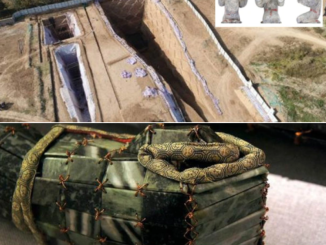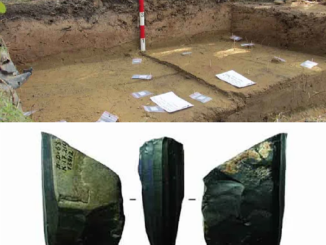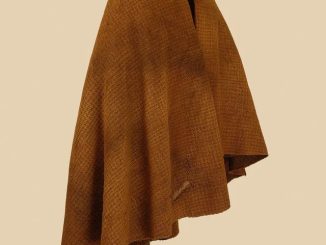The Colosseum, symbol of ancient Rome, quietly narrates the grandeur and brutality of a bygone era. Crafted under the astute vision of Emperor Vespasian, it replaced Nero’s opulent Domus Aurea, gaining strategic favor with the populace. Its vast scale accommodated more than 50,000 spectators, hosting gladiator battles and battles with wild animals for more than seven centuries. Emperor Vespasian’s political dexterity was evident in the transformation of Nero’s artificial lake into an entertainment center. The Colosseum, originally named the Flavian Amphitheater, later became synonymous with Roman spectacle. Noteworthy is the innovative combination of Greek theatrical elements, creating a special type of amphitheater. The exterior, decorated with Doric, Ionic and Corinthian columns, demonstrates Roman ingenuity, reusing Greek orders purely for decorative beauty.
The weathered interior of the Colosseum reveals a complex structure with concrete structures supporting tiered seating. Each section, or cuneus, was assigned to different social classes, reflecting the social hierarchy. However, time and looting during the Middle Ages changed its appearance, stripping it of its marble-covered seats. Despite the ruins, glimpses of ancient glory still exist. Imagine an arena filled with artificial turf, plants and props, and one envisions gladiators and beasts engaging in spectacular displays. The Colosseum, a reflection of Roman engineering and entertainment, echoes through time, whispering stories of a bygone era.


